Despite the danger, Thanh Duoc's group carried supplies over 100 km to support 7 Vietnamese girls in the epicenter of the earthquake in Japan.
Thanh Duoc's group used a map to guide them on how to safely travel from Nanao to Wajima after the earthquake. Video provided by the character
Six days after a 7.6-magnitude earthquake devastated Ishikawa Prefecture in western Japan, Nguyen Chi Thanh led a group of five people on a 100-kilometer journey to Wajima, the town where seven Vietnamese female trainees had gone missing.
Ishikawa Prefecture has more than 5,000 Vietnamese people living and working, including about 600 people on the Noto Peninsula, which suffered the most damage in the disaster.
Relatives of the girls in Vietnam have been posting messages on social media looking for them, but have yet to find out what is happening to their children. The seven were garment industry interns who had just arrived in Japan and had not yet registered for a SIM card to contact them.
Believing that the girls were still trapped in the town of Wajima, Duoc's group set off from Komatsu at 5 a.m. Wajima was determined to be a dangerous and difficult-to-reach area, as a series of tremors continued to occur after the earthquake.
"There was no phone signal on the way, and the closer we got to the epicenter, the more dangerous it was, because the roads were damaged and collapsed. There were many cars that had accidents scattered along the road, so we couldn't call for help," Minh Hai, 23, a member of the group, told VnExpress .
Whenever there was a phone signal, the group called each refugee center in Wajima to ask about the whereabouts of the 7 Vietnamese girls. Only when the manager of a community house confirmed that there were 7 Vietnamese workers temporarily staying there did the group breathe a sigh of relief and continue their journey to Wajima.
The group sometimes got lost on forbidden roads, had to turn back, or passed landslides and had to follow the instructions of the Japanese army. They finally reached the town of Wajima at dusk, after a continuous journey of 12 hours.
When the group arrived at the community house in Wajima, the girls were overwhelmed, as it was the first time they heard the familiar Vietnamese language after their horrific experience. This was also the first group of compatriots to bring them water and food.
"The girls burst into tears, and we were also choked up, unable to hide our emotions," Hai said. The girls then asked the Internet group to send news of safety back home. When the earthquake struck, they only had time to quickly text their families: "I have to go into hiding."
The girls said that after the earthquake, they ran to the town community house and took refuge there for the first two days without food or water. Some had to go back to their collapsed house to find food and blankets to protect themselves from the cold. The local government began providing bread and drinks to the refugees on the third day.

Vietnamese female trainees sit around a fireplace at a community house in Wajima, Japan, January 6. Photo: VNA
Since the earthquake, dozens of Vietnamese groups, companies, and unions across Japan have donated clean water, food, and necessities to overseas Vietnamese in the epicenter.
But the journey to the earthquake-ravaged area is very dangerous, the heavily damaged areas are almost isolated and out of communication, the roads are at high risk of landslides. Vietnamese philanthropists gathered necessities in the Nanao area, then divided into dozens of teams to find a way to the epicenter.
Duoc and Hai's group was one of the pioneers to make the first trip to the areas where the people are most in need. The trip to support the 7 girls in Wajima was the second trip and Duoc is preparing to make the third trip.
Monk Thich Duc Tri, abbot of Hoa Lac Pagoda in Kobe, led a group of volunteers to Nanao on January 6 to deliver supplies to volunteers. He said clean water is the most urgent issue at present, as water pipes in the earthquake zone have been damaged.
"Electricity has begun to be restored, but almost all cities in the Noto Peninsula have lost water. Many people do not dare to bathe or clean themselves to save money," said monk Duc Tri. "We sent bottled water, heat-retaining patches, and banh chung and gio to volunteers at the focal point to deliver to the most difficult places."

Vietnamese people get water from streams and cook outdoors in the epicenter areas due to water and gas cuts. Photo: Facebook/Vietnamese Association in Ishikawa
Pham Luan, a 24-year-old trainee, has been leading a group of five high-chassis cars into the epicenter in recent days and has brought almost all overseas Vietnamese to a safe buffer zone.
A day before, Luan's team had to go around the mountain pass to supply a group of 11 overseas Vietnamese who were having difficulty at the epicenter in Noto, due to too many landslides on the main road. Several other teams had previously tried to approach Noto, but had to turn back because they could not find a way in.
"We read the calls for help on social media, informed each other and gradually formed a group to gather supplies and then split up to head to the place where our compatriots were in trouble," Luan said.
Japanese officials said today that 161 people were killed and 323 people were missing in the earthquake and tsunami in Ishikawa on the afternoon of January 1, marking the country's deadliest earthquake disaster in the past 8 years.
More than a week after the disaster, life in Ishikawa is gradually recovering, with supermarkets and shops starting to reopen, although many places remain in ruins.
"Vietnamese people are also very flexible. After the first 1-2 days, they spread out to stay with acquaintances in the company, union, or friends," said monk Duc Tri, who is arranging to welcome 60 Vietnamese people in Nanao to stay at the temple, because some companies that employ them have been damaged and it is unknown when production will stop.

A section of road destroyed by the earthquake on the Luan approach to Noto. Photo provided by the character
Duc Trung - Vnexpress.net
Source link


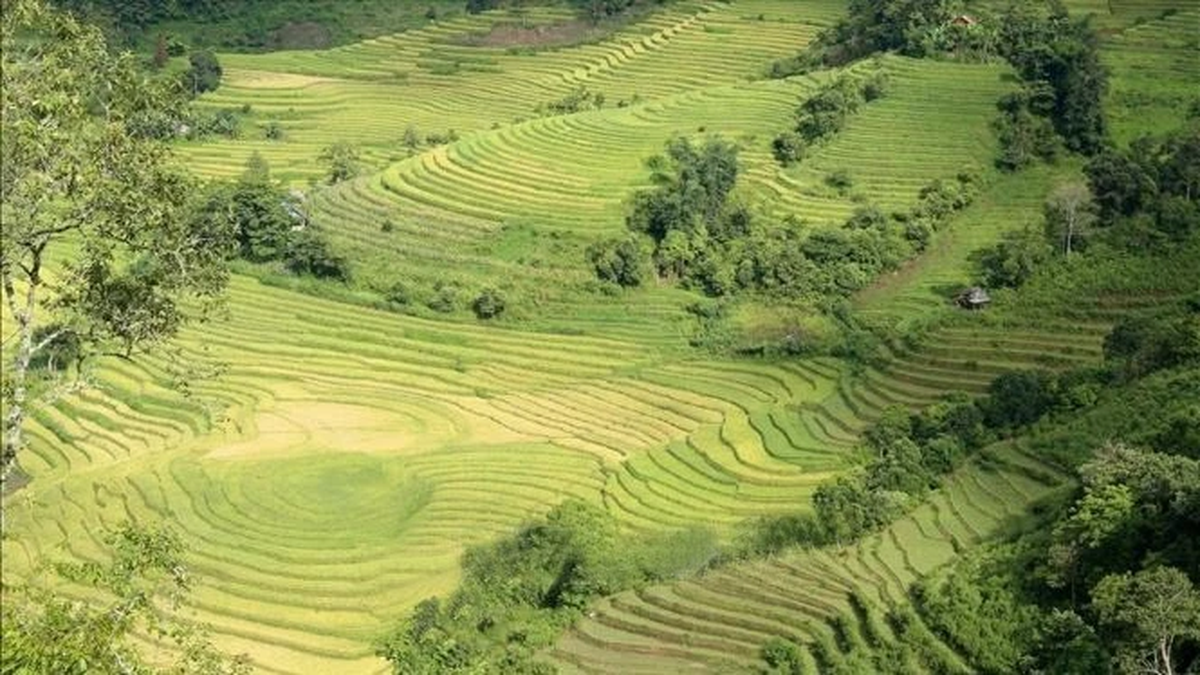
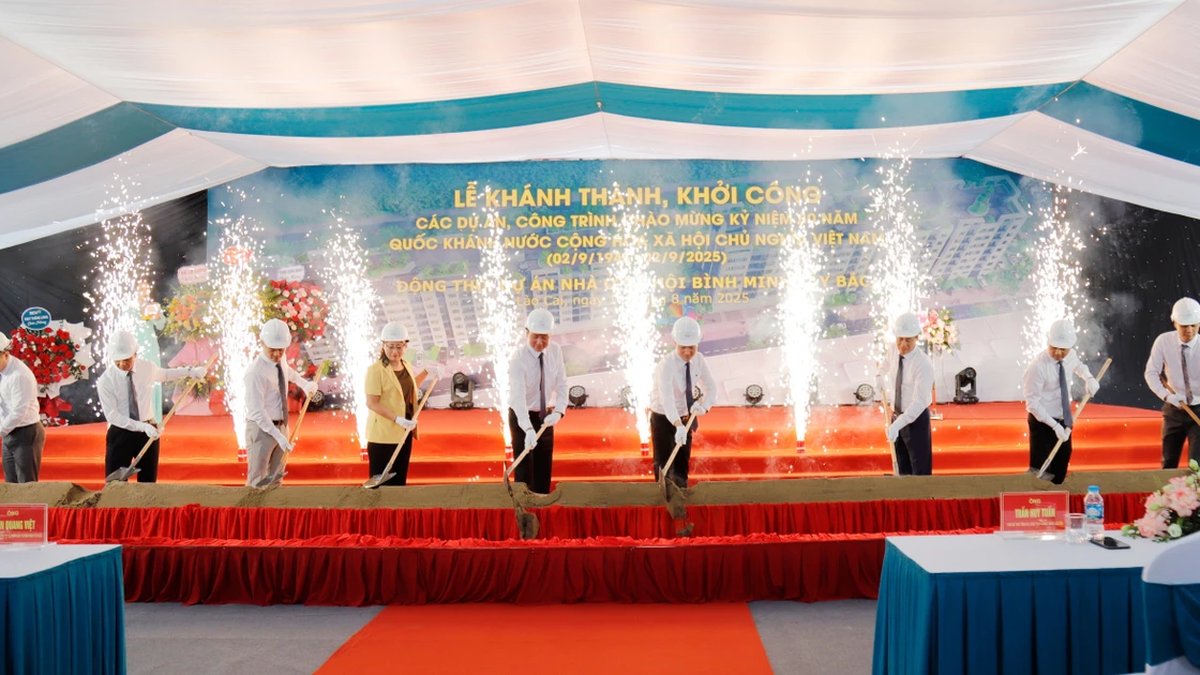

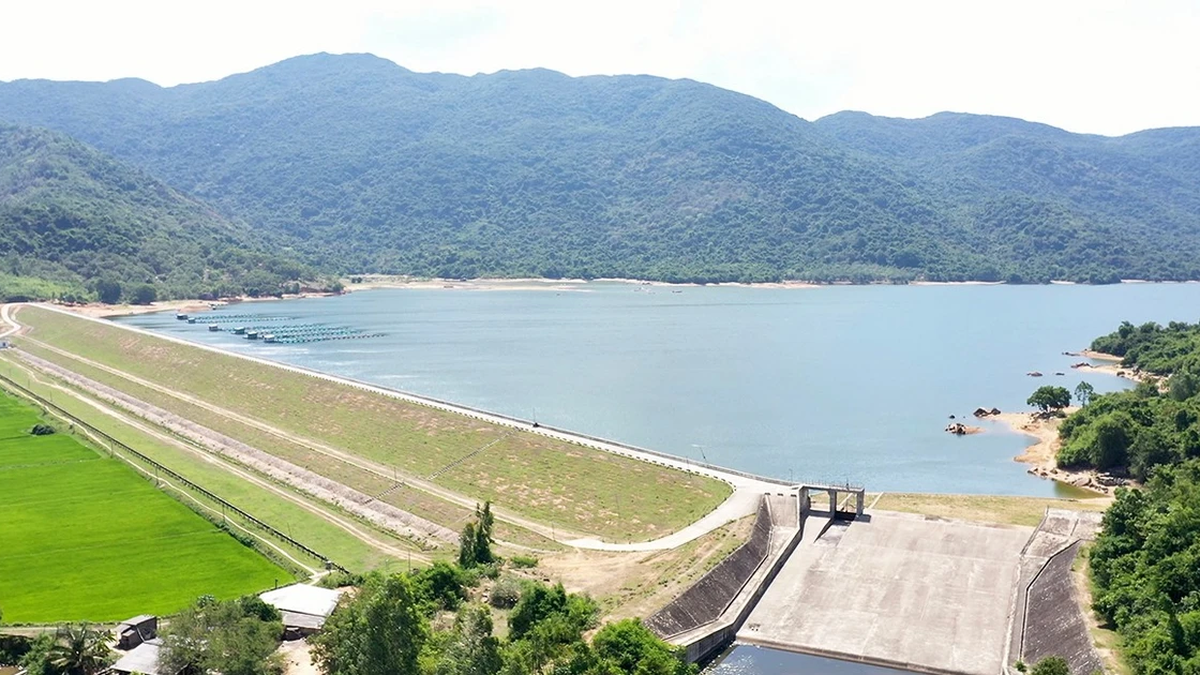

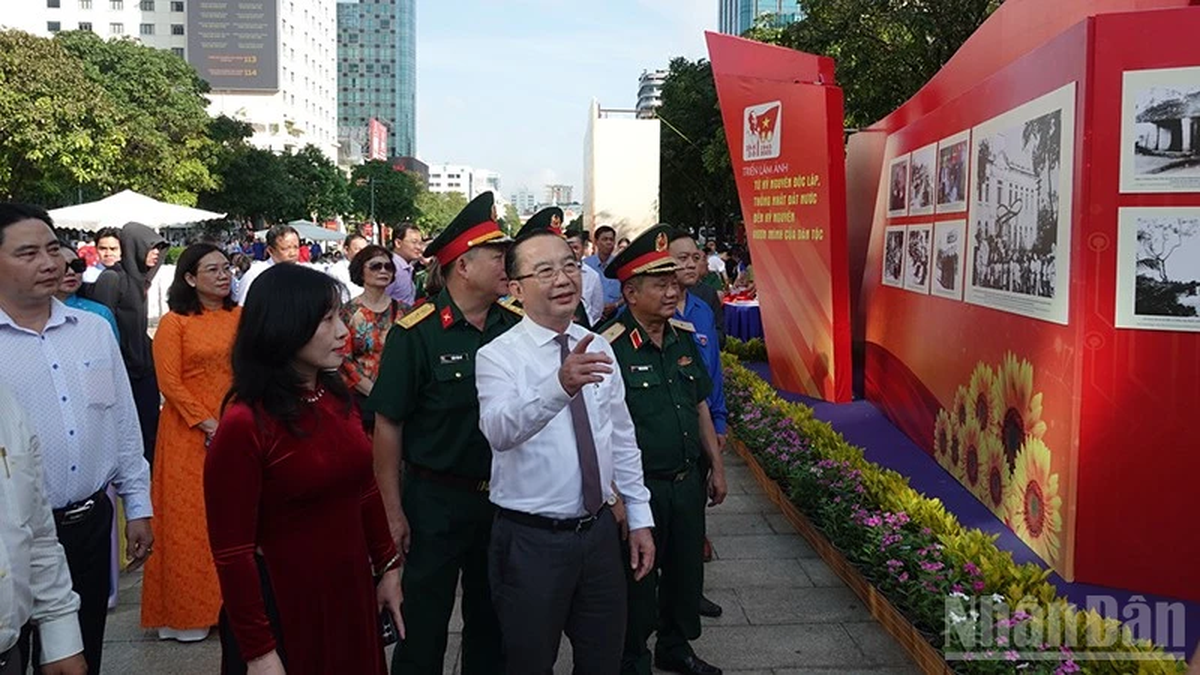
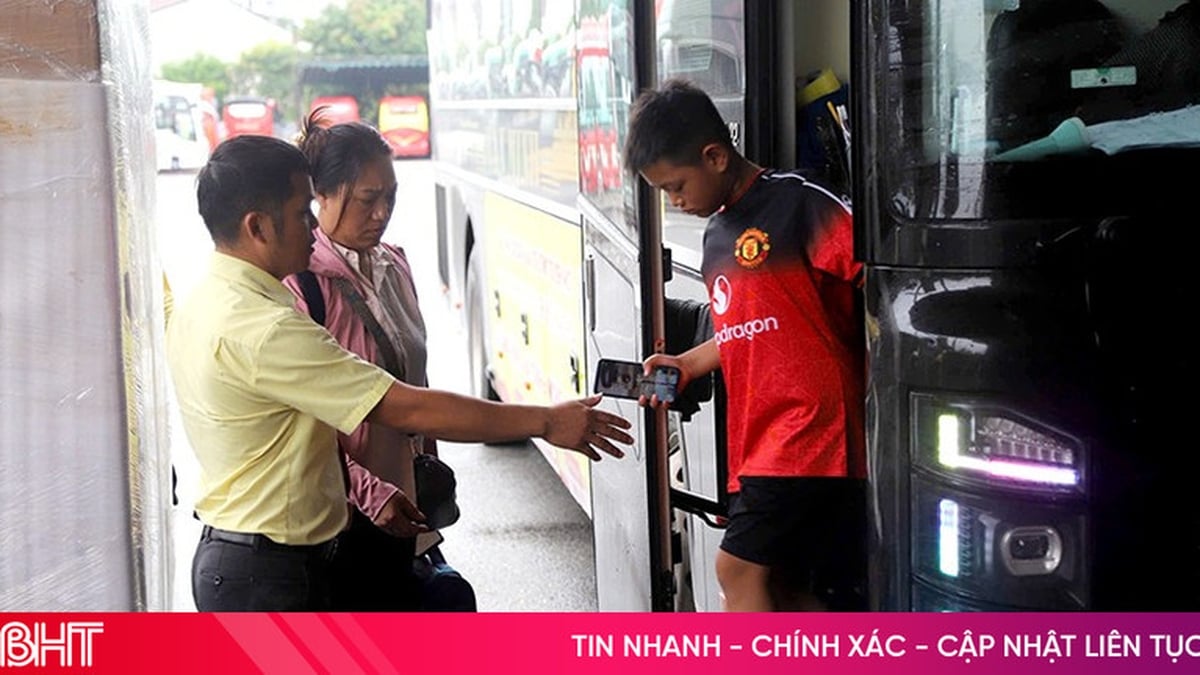












![[Photo] General Secretary To Lam and President Luong Cuong attend the handover ceremony of the Presidential Office Headquarters](https://vphoto.vietnam.vn/thumb/1200x675/vietnam/resource/IMAGE/2025/8/19/a37cfcbd301e491990dec9b99eda1c99)

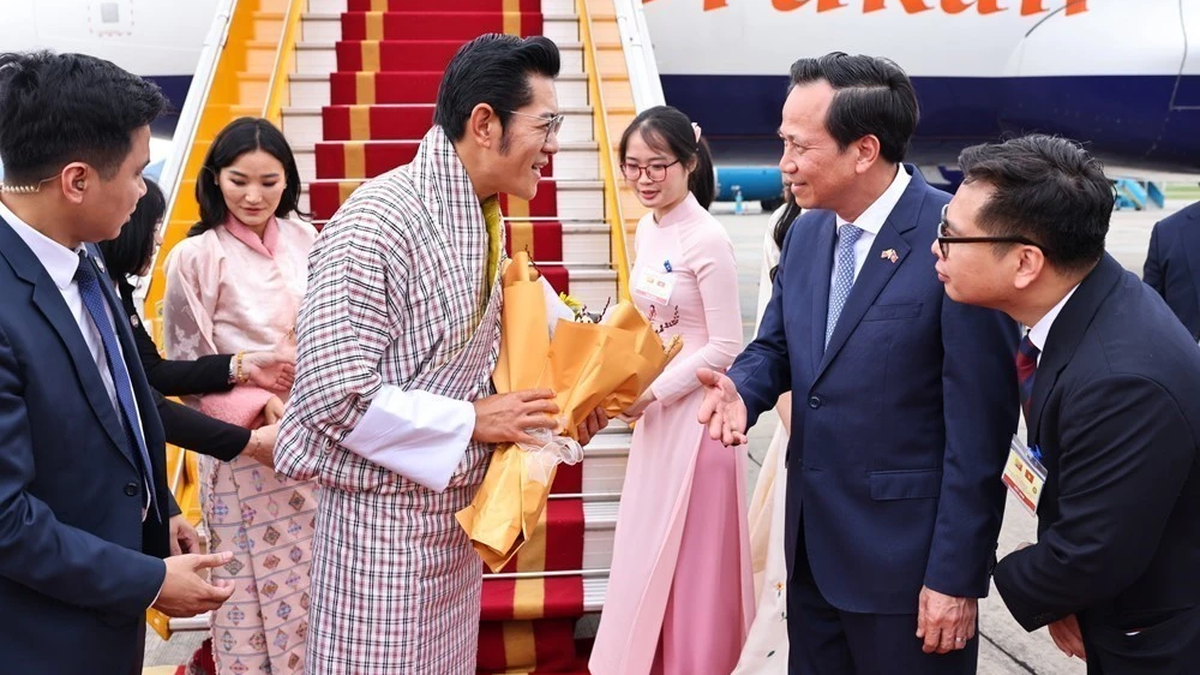
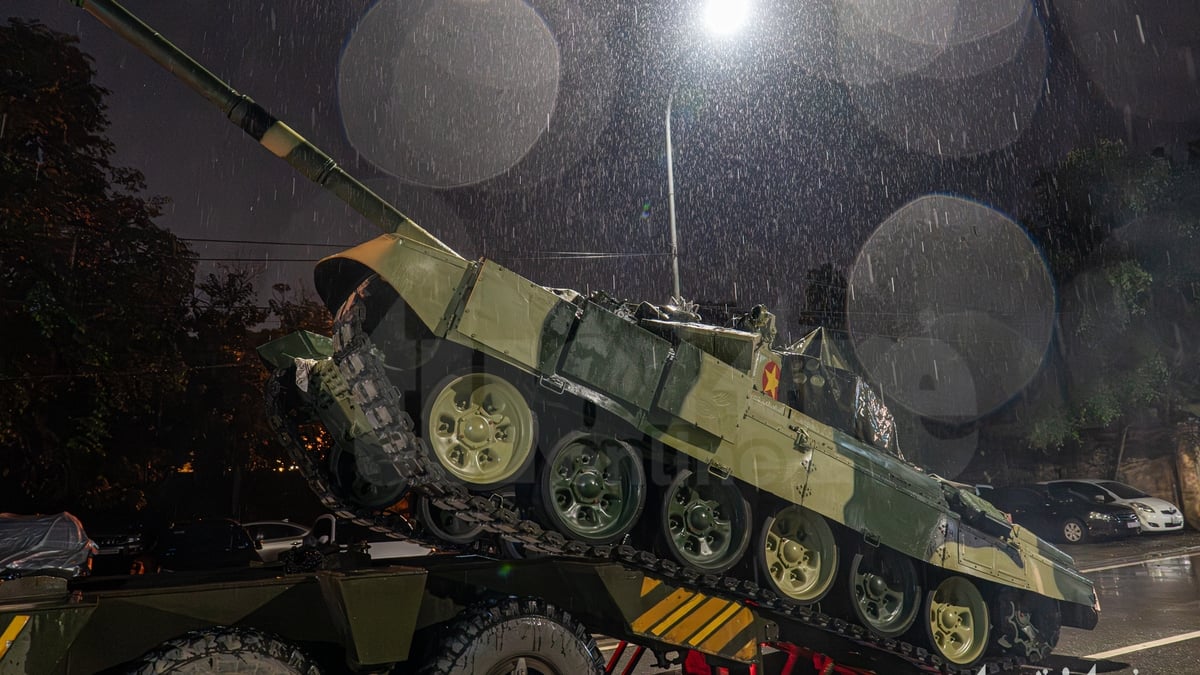
![[Photo] Prime Minister Pham Minh Chinh attends the opening ceremony of the National Data Center](https://vphoto.vietnam.vn/thumb/1200x675/vietnam/resource/IMAGE/2025/8/18/b5724a9c982b429790fdbd2438a0db44)
![[Photo] Close-up of the first International Financial Center building in Ho Chi Minh City](https://vphoto.vietnam.vn/thumb/1200x675/vietnam/resource/IMAGE/2025/8/19/3f06082e1b534742a13b7029b76c69b6)

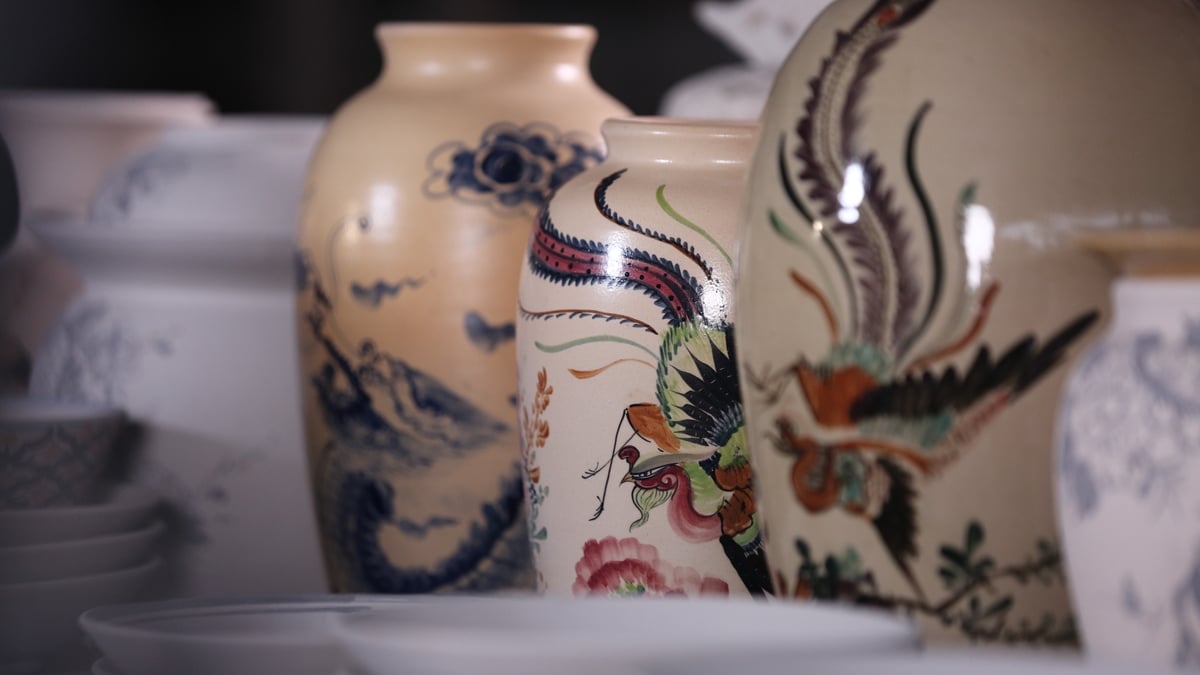
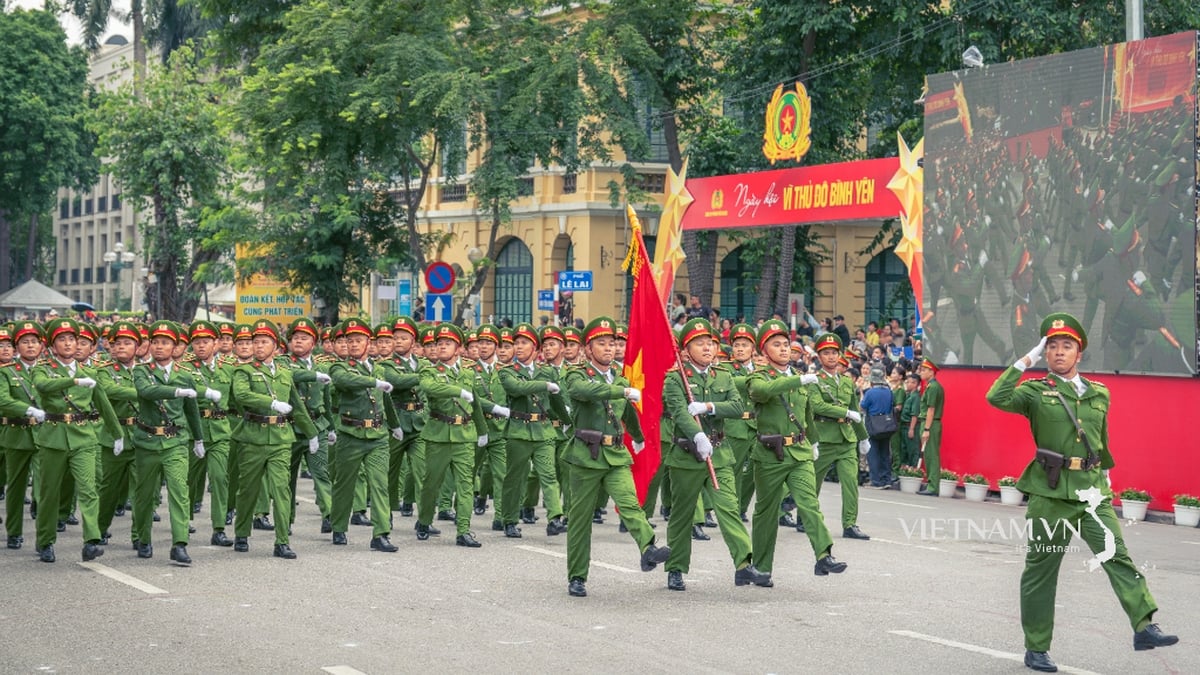

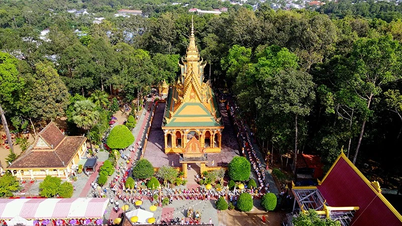

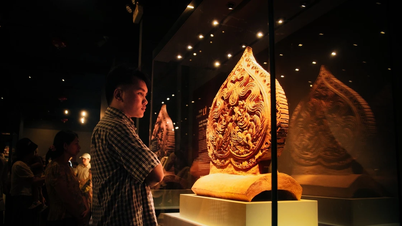



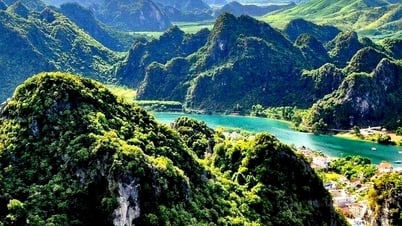

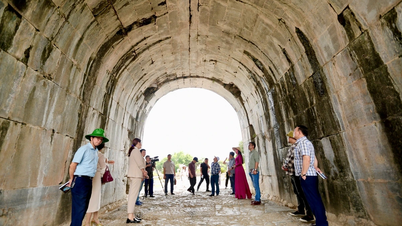



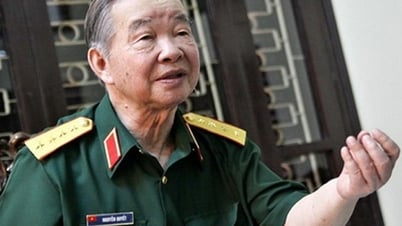





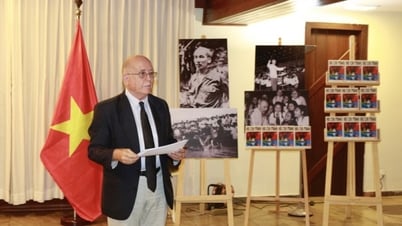

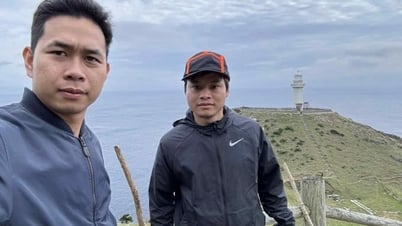

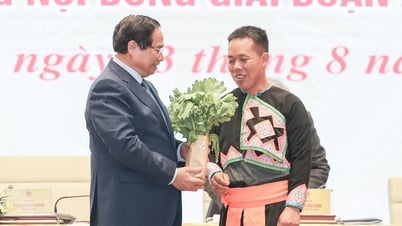





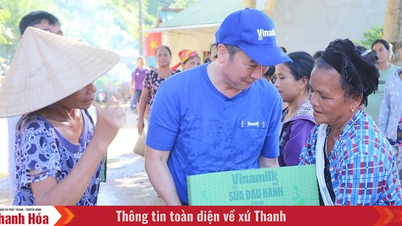


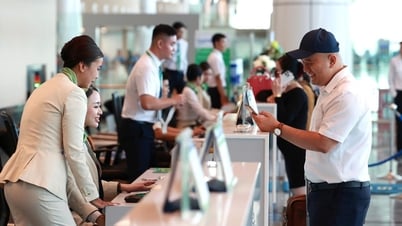
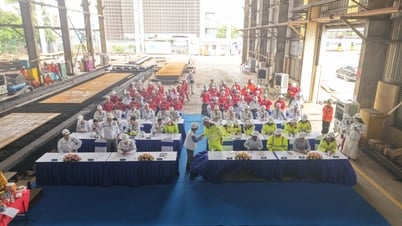




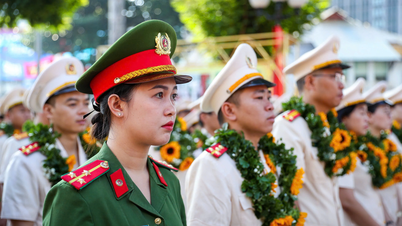





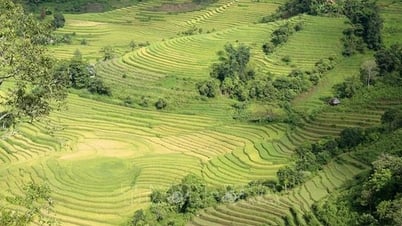

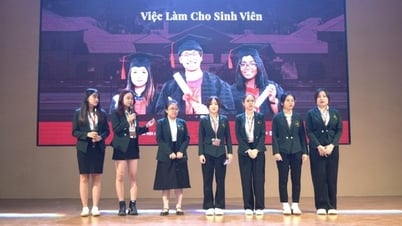

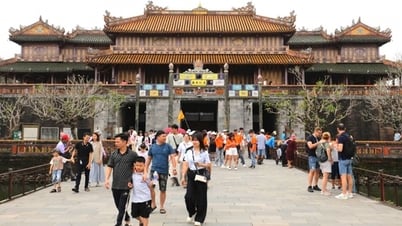
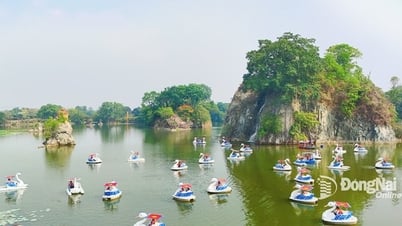

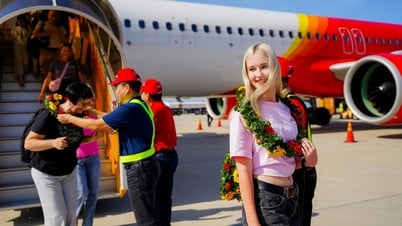









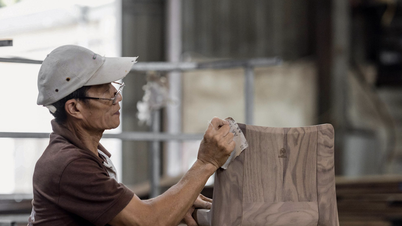

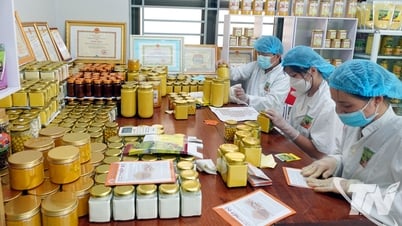



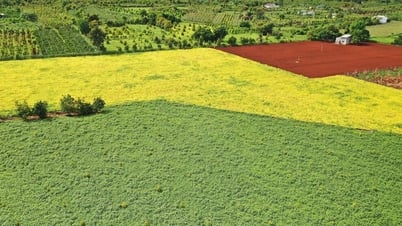


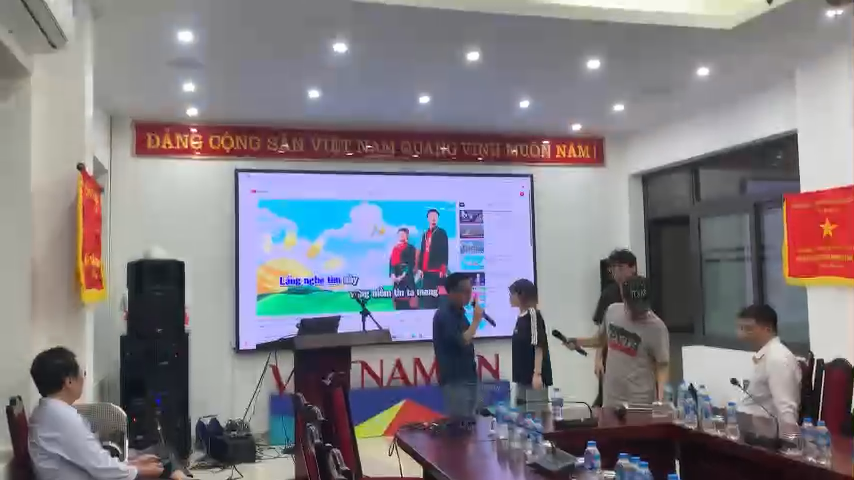


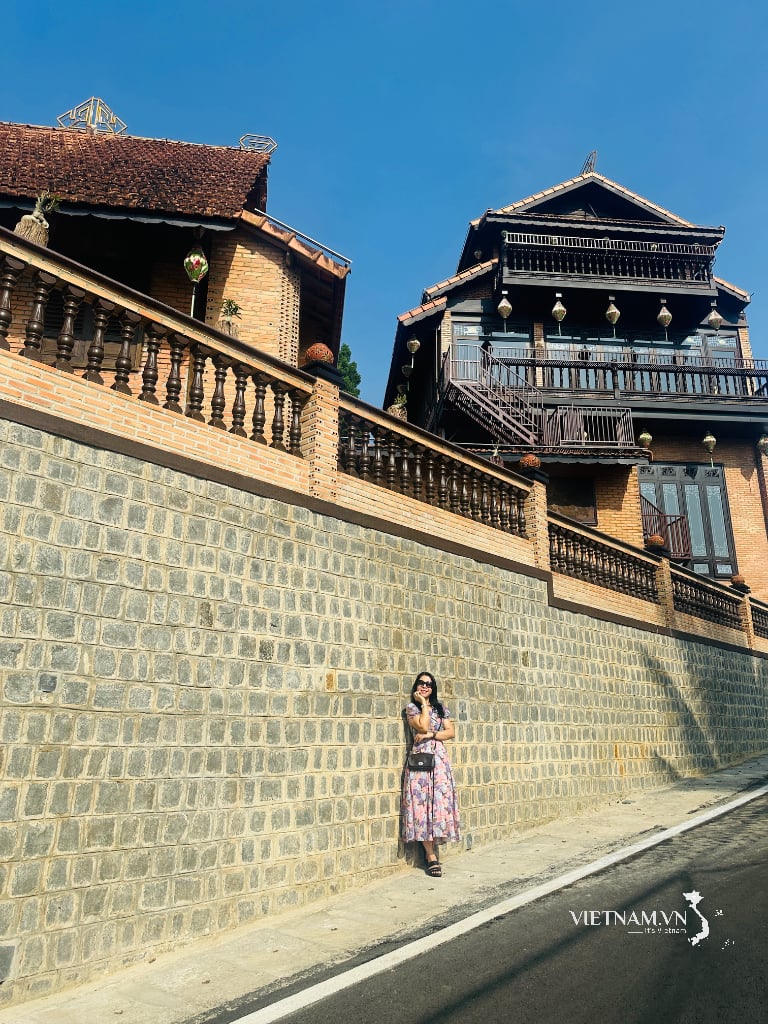
Comment (0)